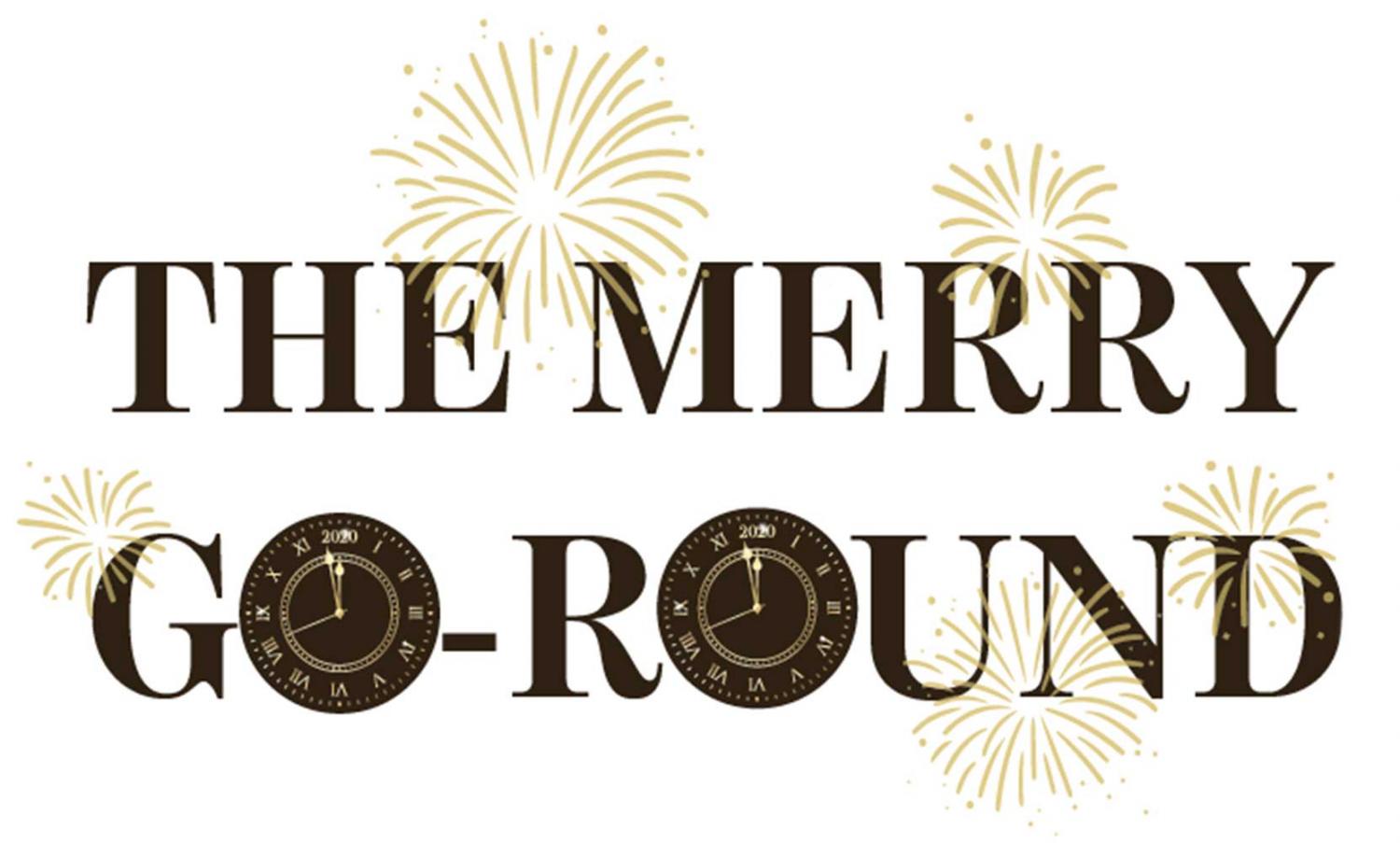The Merry Go-Round
15.01.2020 Arts & CultureIt’s an indisputable fact that the earth revolves around the sun once a year. All else, including upon what day we decide to mark that revolution, is human pretense. Ergo, our custom of celebrating the New Year on 1 January is really quite an arbitrary decision.
The blame lies, as usual, with the ancient Romans. During the Republic and the Empire, the new years were eponymously named after the consuls who took office. According to some historians, the likely date of consular accession was 1 May before 222 B.C., 15 March (the Ides of March) between 222 and 154 B.C., and 1 January from 153 B.C. (due to a rebellion in Hispania, according to Livy’s Periochae). When Julius Caesar’s new calendar took effect in 45 B.C., the Roman Senate fixed 1 January as the first day of the year.
Incidentally, the word calendar comes from the Latin calendae, which meant the first day of every month in the Roman calendar. The Roman pontiffs would ‘solemnly announce’ (calandus) sightings of the new moon, signifying the beginning of a new lunar phase. This was also the day of the month that debts were settled.
Speaking of settlements: the Late Roman and Byzantine empires began their liturgical year on 1 September, due to a system of taxation called an ‘indiction’. Indictions were the principal means of counting years during those empires, apart from imperial reigns, this despite the official Julian calendar date of 1 January as the year’s beginning.
Confused? Me too. So, let’s move on to how others have historically observed, or contemporarily celebrated, their new year.
In the third millennium B.C., the ancient Sumerians celebrated the akitu barley-sowing festival in the first month of their year, Nisannu in March-April (as Nisan, this time period is still the first month of the Jewish religious calendar, although the seventh month of the civil calendar).
The Chinese observance of their new year in January-February may date back as far as the Zhou Dynasty (1046-771 BC). Persians have celebrated Nowruz on the March equinox as the start of the new year for over 3,000 years. Some Hindus commemorate the Nava Varsha in March-April, while Gujarati new year occurs in October-November, depending on the lunar calendar. Eastern Orthodox Christians honor the Circumcision of Christ on 1 January according to the Julian calendar (14 January in the Gregorian calendar), but they don’t observe it as the new year – instead, that’s often a civil holiday.
The early Germanic peoples marked a midwinter festival called Yule around the winter solstice, which commenced their new year. In Anglo-Saxon England, the new year began on 25 December, although 24 September and 25 March (Julius Caesar’s vernal equinox, and the Christian feast of Annunciation) were also recorded at different times. Between 1155 and 1751, the English continued to observe 25 March as the beginning of the civil new year, ultimately toeing the line in 1752.
In the Saanenland, denizens typically tip back a glass of champagne or something stronger to mark the date of Saint Sylvester’s passing, which occurs on 31 December. But sometimes in Switzerland you can have twice the fun. The wandering Silvesterchläuse of the village of Urnäsch in the Swiss canton of Appenzell Ausserrhoden hail New Year’s Eve twice – once on 31 December, and again on 13 January – taking advantage of both the Gregorian and Julian calendars to double the merriment. Now, that’s what I call a real holiday spirit.
Alex Bertea




